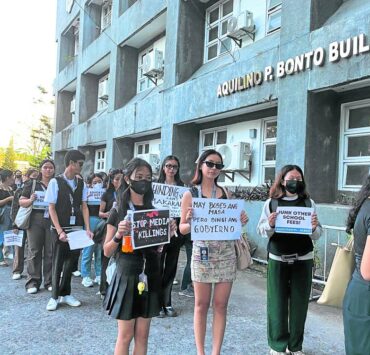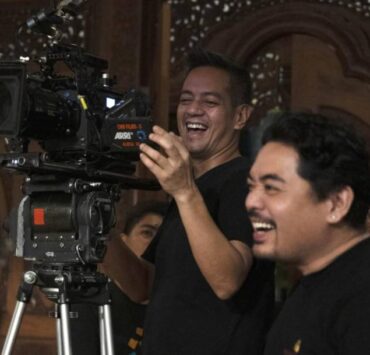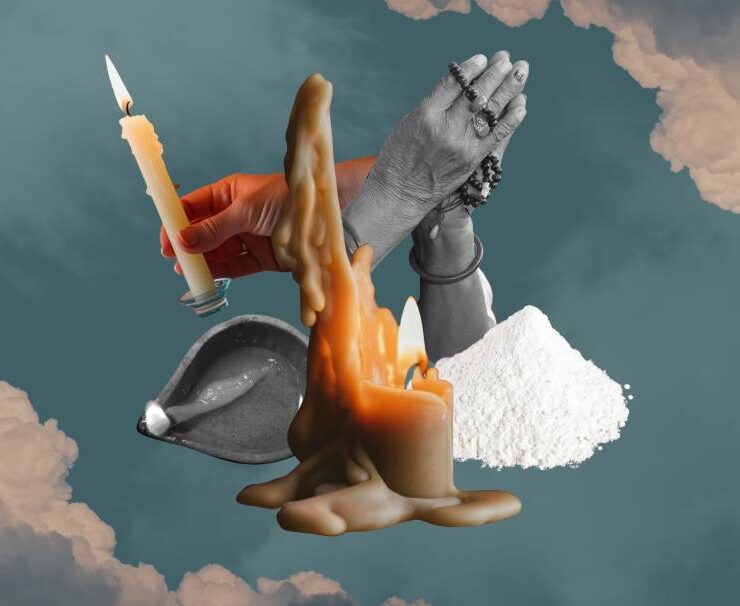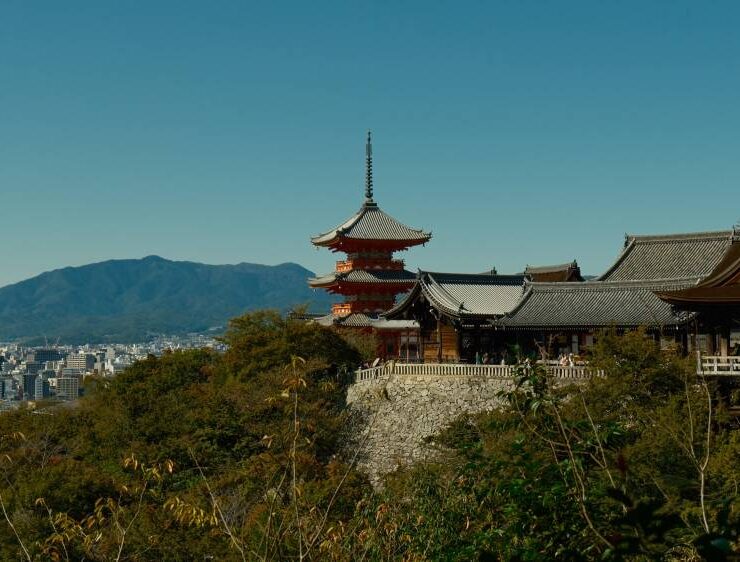Surfacing the obscure artistic heritage of Baliwag Church
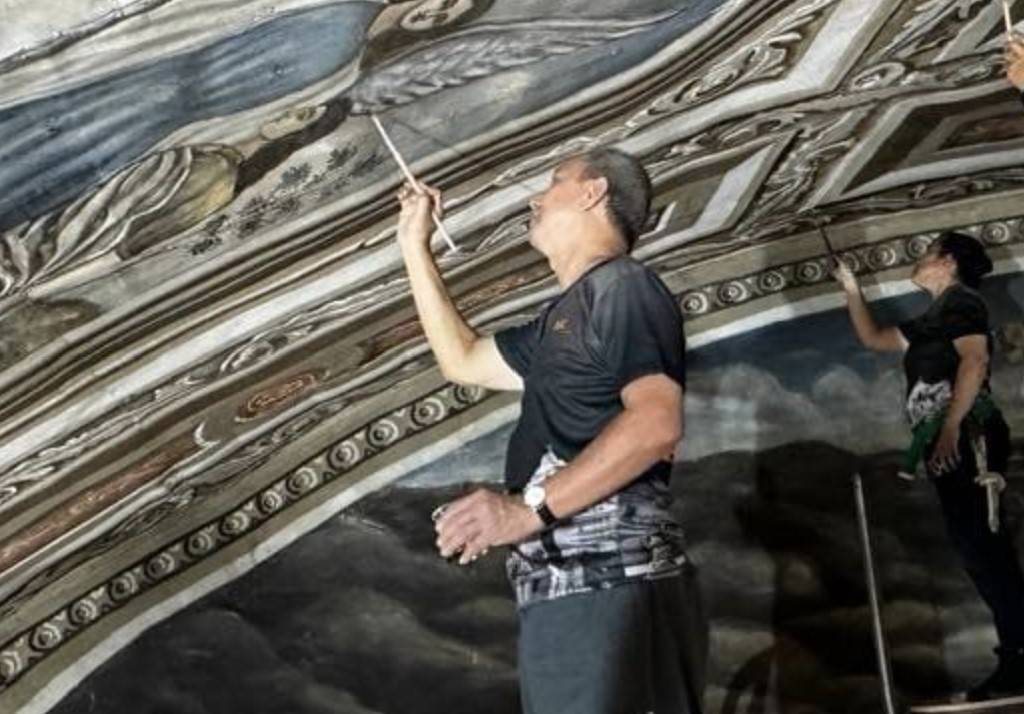
In the late 18th century, workers building the convent of Baliwag, Bulacan, added an artistic touch to its interior wall, perhaps under the direction of its builder Fr. Esteban Diez, OSA.
Diez was the town’s parish priest for 40 years starting from 1789.
That artistic touch, a frieze in stucco, still exists, with visual evidence of repair done some time in the 20th century.
It is a rare work of art in Philippine churches, with only one other stucco frieze existing, found at the San Vicente Ferrer Church of Dupax del Sur, Nueva Vizcaya, a declared National Cultural Treasure.
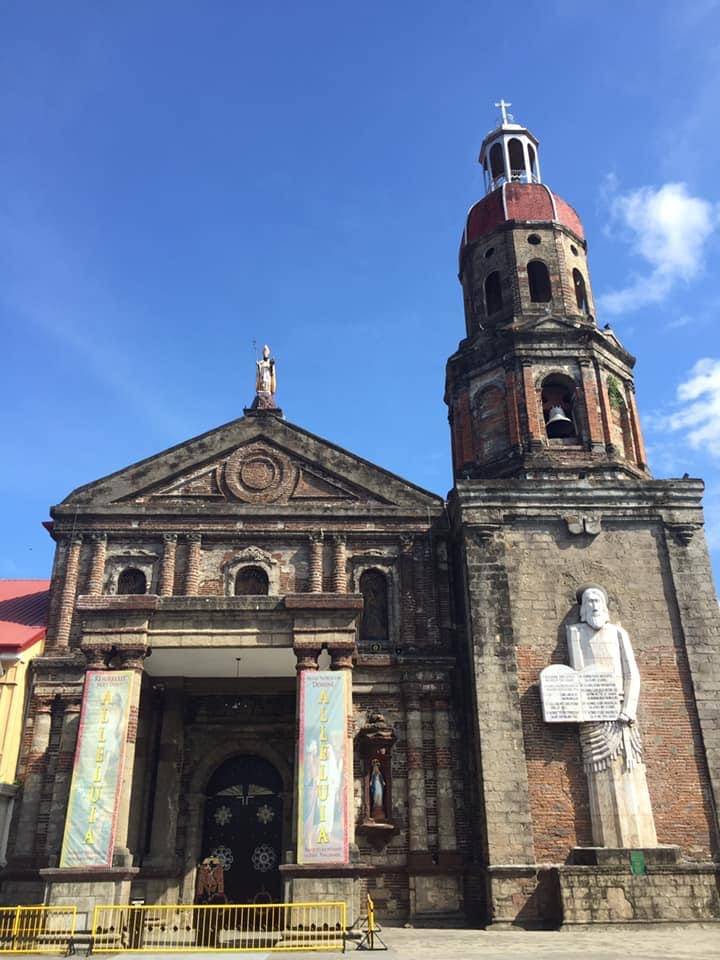

Owing to the 18th-century frieze and other significant church objects stored inside, the convent of Baliwag is a good candidate for at least an Important Cultural Property declaration by the National Commission for Culture and the Arts.
The church itself, built and rebuilt from the 18th to the 19th centuries, is a different story, as it had undergone many major renovations in the 20th century, happening almost every decade since the 1960s.
It was, however, described by 19th-century Augustinian chronicler Manuel Buzeta y Bravo as “beautifully built.”
This is perhaps due to its architectural design called compuesto, or in today’s parlance, eclectic, owing to a number of architectural styles employed in its construction.

Church paintings
This may also be due to the interior paintings executed on its walls, ceiling, dome, and altar areas, perhaps during the latter decades of the 19th century.
All of these are now gone due to the series of renovations, replaced by a sky-themed painting on the ceiling and dome, a cloud-like high relief at the dome area, bland walls, and contemporary paintings of the four evangelists at the pendentives.
Based on very few archival photographs of the church interior, it is hard to completely decipher the theme of the paintings, except that these are geometric and floral.
The church is also not lavishly decorated like the church of San Agustin in Intramuros but could be similar to the muted, simple, and balanced interior paintings of Plaridel Church, which was restored by its parish more than 10 years ago.
The town of Plaridel, formerly Quingua, is the mother and grandmother town of Baliwag and the nearby towns of San Ildefonso, San Rafael, Bustos, Pulilan, Angat, and Norzagaray.
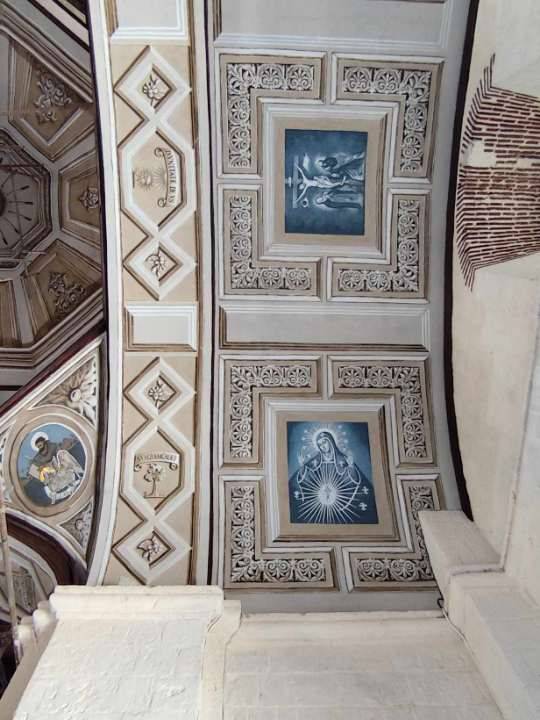
Reimagination
The lost interior paintings, particularly those found on the ceiling, have been given a new take, through sketches and artistic interpretations, by famed church painter and restorer Guy Custodio through an exhibition, “Sining ng Pananampalataya: Pamana ng Simbahan ng San Agustin sa Baliwag.”
The exhibit, supported by the parish, local government, and private individuals, ran until yesterday, Nov. 17, at the San Agustin Church in Baliwag, and will move to the Museo ng Baliwag.
It features Custodio’s renderings of the church interior based on his research and long experience in painting religious art.
Although not an exact interpretation of what was painted more than a century ago, Custodio’s purpose is to attract interest to the lost artistic heritage of the church, which he hopes could lead to appreciation and pride among the city’s residents and the public at large.
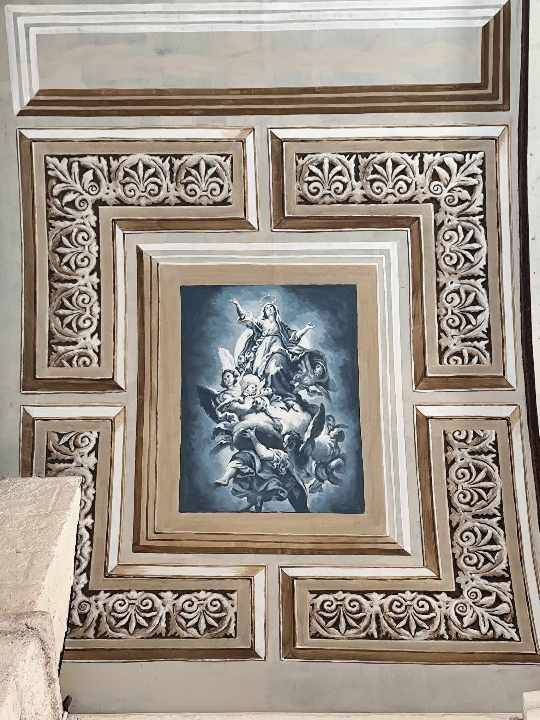
Custodio notes that the exhibit “celebrates the rich artistic and spiritual heritage of San Agustin Church, focusing on the reimagined ceiling paintings and murals that adorned its interiors.”
He added that it also “highlights the grandeur of sacred art techniques brought to life by Italian scenographers Cesare Alberoni and Giovanni Dibella in the late 1800s, who introduced the sophisticated Quadratura technique to Philippine churches.”
The technique, he said, is “a style that skillfully created illusions of architectural space, transporting the faithful to imagined heavenly realms.”
Custodio surmises that this technique was also employed by the still unknown painters inside the church of Baliwag.
With this exhibit, he pushes to jump-start a deeper study and understanding of the lost artistic heritage of Baliwag and bring to fore the importance of art in faith and in instilling pride of identity in the community.














